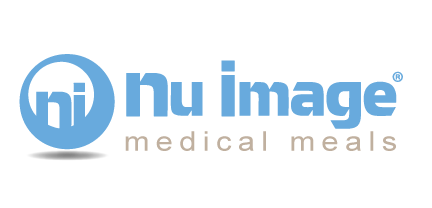Keeping Your Diet on Track
Sep 15, 2010
Hey Diet-to-Go fans, I’ve received some great suggestions for topics, including this question from Krysta, who writes:
"Is calorie counting worth it? I was counting calories for a while and lost a couple of pounds. It was getting tedious even though I was using an online calorie counter. Is there a better way?"
As many of you know, I have a blog on NutritionData.com, which is the mother of all online nutrition counters. But I’ll be the first to admit that logging everything you eat can be tedious, whether you’re using an online tracker or a pad of paper. Even so, I think there can be a big payoff to doing this for at least a few days.
A food diary is a great reality check
One of two things is likely to happen when you log every mouthful of food:
1. You may be shocked to learn that your actual diet bears very little resemblance to how you think you eat.
2. You may find that writing down everything you eat is powerful motivation to make better choices.
Either way, it’s a great exercise that can help you bring your diet into better alignment with your nutritional goals. I think it’s worth doing for a few days every year or so, just as a reality check. It’s also a great tool for solving dietary mysteries such as why you can’t lose weight even though you eat hardly anything at all.
Ah, maybe it has something to do with that 800-calorie mocha-cherry-nougat-frothi-cino you have every afternoon. Who knew coffee could be so fattening?
Accountability without counting calories
As Krysta has discovered, however, counting calories day after day can get pretty tedious. And I’m not sure it’s completely necessary. A quick and dirty way to keep your diet on track without counting every calorie is to tally up how many servings of various foods you eat.
This is the basic idea behind the U.S. government’s My Pyramid initiative, a free program available online at mypyramid.gov.
To use My Pyramid, you enter in a few facts, including your age, height, and activity level, in order to get a personalized recommendation for how much of each food group you should eat each day.
For example, My Pyramid recommends that I eat six ounces of grains, six ounces of meat or beans, two and a half cups of vegetables, two cups of fruit, and six teaspoons of oil or fat.
You even get a certain number of “discretionary” calories to spend however you like. I get 290. Although it probably won’t be enough for a daily mocha-cherry-nougat-frothi-cino, you can probably afford a glass of wine, a square or two of chocolate, or some other small treat every day.
You can print out a chart on which to check off your daily servings as you eat them, or you can keep track online using the MyPyramid Tracker or the MyPyramid Menu Planner.
There are all kinds of supporting materials that go along with My Pyramid and clarify what counts as an ounce of grains or a cup of vegetables, and so forth. For example, there are guidelines to help you estimate portion sizes more accurately.
They even have tools that will break mixed foods like pizza or hamburgers down into the corresponding food groups. It’s really pretty simple once you get the hang of it.
Quick and dirty but usually close enough
Obviously, this system isn’t as exact as looking up the calorie count for everything you eat but it’s actually a remarkably effective way to estimate the number of calories you eat each day. And it’s much quicker—which makes it easier to stick with.
As a bonus, following the guidelines also helps to ensure that your diet is balanced and that you’re getting enough protein, fiber, calcium, iron, and other basic nutrients.
About Monica Reinagel, The Nutrition Diva
Monica Reinagel is a board-certified Licensed Nutritionist and a professionally-trained chef. She is the host of the Nutrition Diva podcast which is part of the Quick and Dirty Tips network. She has authored three books on health and nutrition, developed recipes and diet plans for websites and other publications. Monica's professional affiliations include the American Dietetic Association, the International Association of Culinary Professionals and the American Guild of Musical Artists.Reprinted by arrangement with Quick and Dirty Tips, a division of Macmillan Holdings, LLC.









